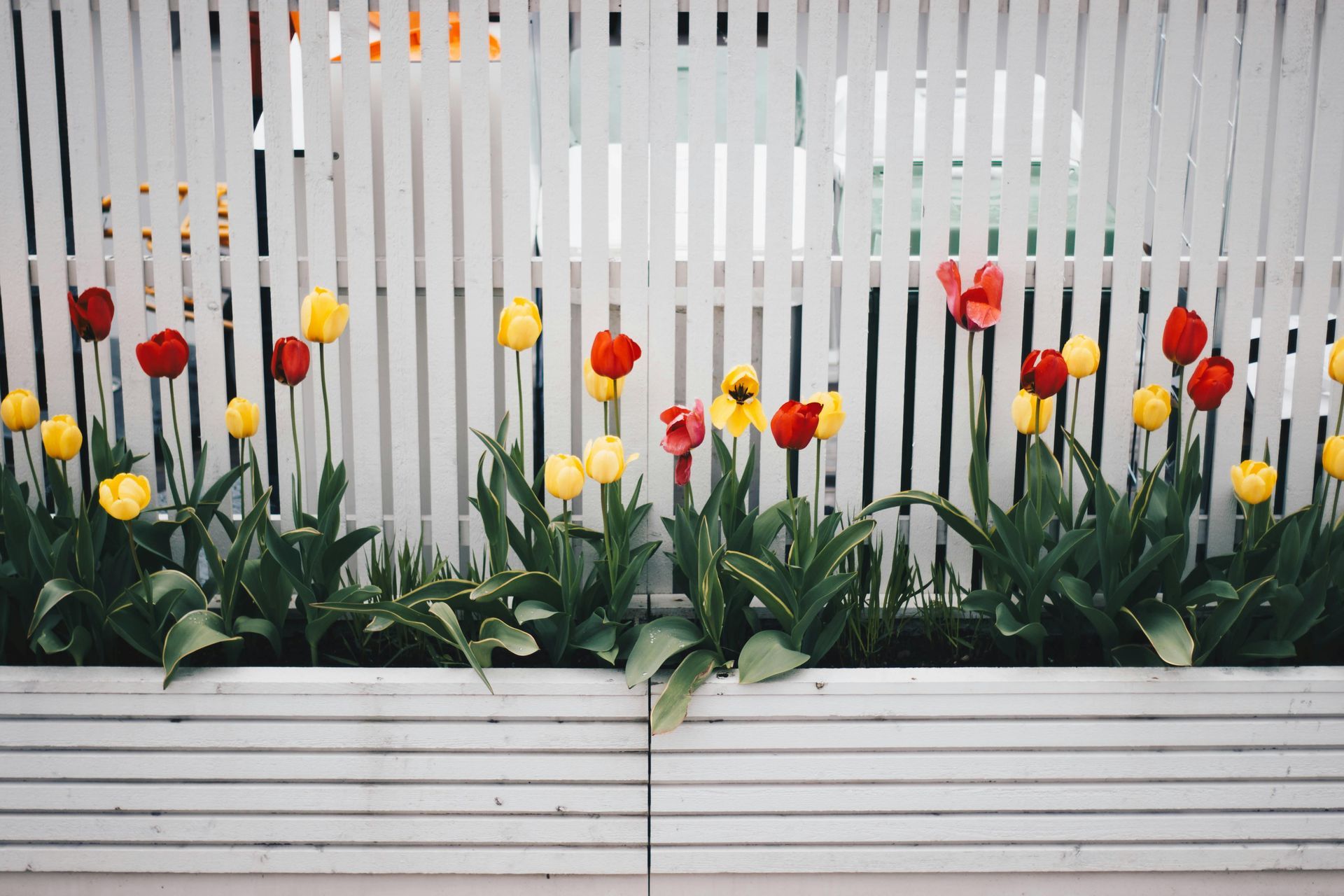Enhance Your Fence With Climbing Plants
Enhance Your Fence & Yard with Beautiful Climbing Plants

Adding flowers, vines, and lush greenery is one of the easiest ways to transform your outdoor space. The right plants can bring life, color, and charm to your yard—sometimes with minimal upkeep! But before you let vines take over your fence, it's important to know which plants will thrive without causing damage.
Not all fences are created equal when it comes to supporting climbing plants. Some vines can trap moisture, cause structural damage, or become too heavy over time. Let’s explore the best options for growing plants on different fence types and how to do it safely.
Should You Grow Vines on a Wood Fence?
If you have a wood fence, you may want to think twice before using it as a trellis. Many vines trap moisture, which can lead to rotting, warping, or cracking over time. Woody vines, in particular, can grow between the pickets and cause structural damage.
Better Alternatives for Wood Fences:
✔️
Use a separate trellis near your fence to support climbing plants without harming the wood.
✔️
Add potted flowers or container gardens along the fence line for a pop of color without the risk.
✔️
Choose low-maintenance plants that won’t cling directly to the fence.
Is Vinyl Fence a Good Option for Climbing Plants?
A vinyl fence is more durable when it comes to supporting vines and climbing flowers. Unlike wood, it won’t absorb moisture, reducing the risk of mold or rot. However, you should still be cautious with heavy or woody vines like wisteria, which can put stress on the fence over time.
Benefits of Growing Vines on Vinyl Fences:
✔️
Easy to clean – Algae or dirt buildup can be wiped away with soap and water.
✔️
Sturdy and weather-resistant, making it a good backdrop for climbing plants.
✔️
Pairs well with non-woody vines like clematis or morning glories.
More Questions? Give us a call today.



